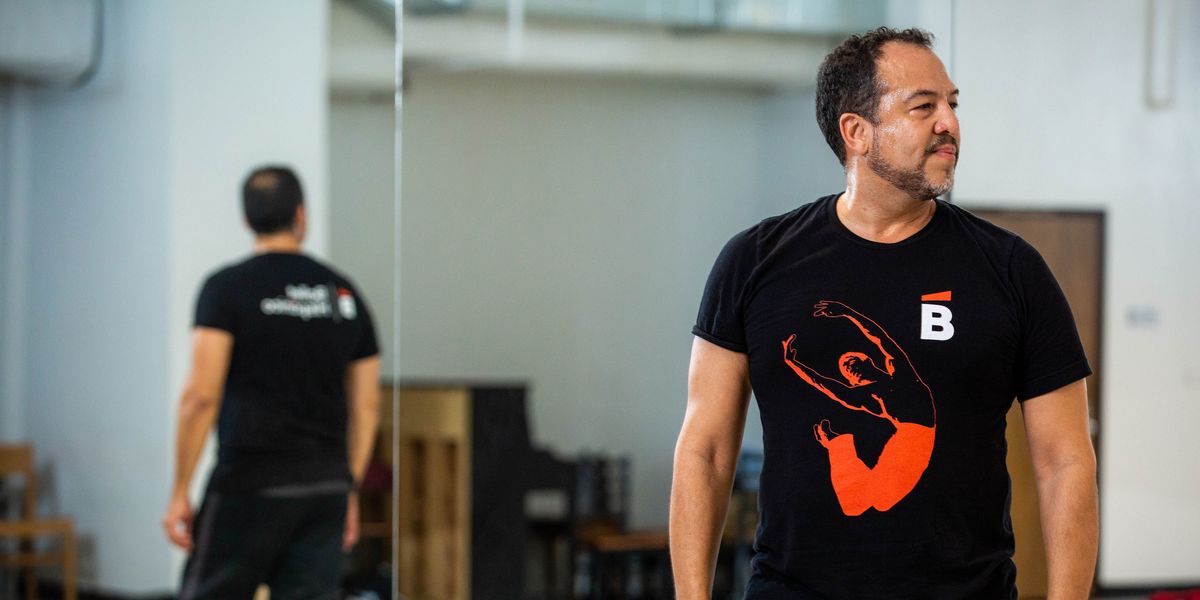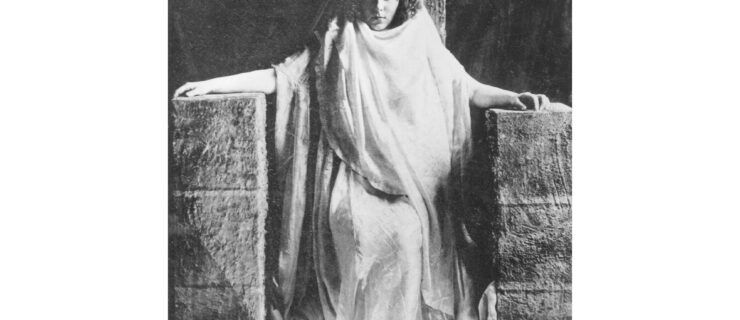How Can Companies Move Past Ballet’s White, Imperialist Roots?
Artistic director and CEO of Ballet Hispánico, Eduardo Vilaro weighs in on how companies can program beyond stereotypes and foster change.
Know the roots.
Although Ballet Hispánico’s programming promotes understanding and appreciation of the diversity within Latinx cultural identity, Vilaro mentions that ballet’s history is still rooted in a white, imperialist system. “The structures of ballet in our country continue to support a caste system of color,” he says. Addressing this issue can’t happen by simply replacing white bodies with those of color. “The storylines have to change,” Vilaro says, noting that some narratives told onstage still uphold the stereotypical racial tropes of the exoticized or fetishized Latinx body.
Change the narrative.
Vilaro encourages artistic directors to take a critical eye to their company’s programming, and to promote a diverse set of choreographic voices. “We have to start having the conversation from every part of the organization, including the board,” he says. In November, Ballet Hispánico performed a program of works by Latina choreographers, for instance. Once more diverse voices appear onstage, Vilaro says, it will encourage productive discussions throughout the entire company, including teachers, staff and students.
Trust the next generation.
Vilaro believes that the upcoming generation of dancers is armed with an enhanced vocabulary. “They are not speaking with fear or within structural racism,” he says. “The way we train and teach cultural information is not within the trappings of what we came over here with as immigrants. We are teaching students to love their bodies and love themselves, and to understand that they are valued.”




